A Novel STEM Program Bonds a Middle School
Markham Woods Middle School in Lake Mary, FL was searching for a program that would appeal to the “multitude of talents” among its students and help improve the climate and culture of a divided school. Biomechatronics achieved both objectives, says AP Dr. Eric Basilo.
By Eric Basilo
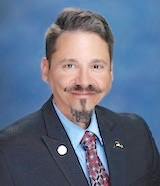
Biomechatronics combines biology, mechanical engineering, and electronics to research and design therapeutic, assistive, and diagnostic devices that can potentially be used to compensate and eventually replace human physiological functions.
The Biomechatronics program at Markham Woods Middle School is open to all students, and we believe it will truly spark their interest in several of the top paying and growing careers in the world while preparing them for high school. It’s also helping our school grow as a community of learners.
The technology focuses on the interaction between human physiology and electromechanical devices or systems to imitate the human body. Thus it encompasses fields such as neuroscience and robotics. Technology has brought endless possibilities, and biomechatronic devices can replace the functionality of human organs and limbs.
How our program began
The biomechatronics initiative began as an idea to give students from all backgrounds an opportunity to explore areas of study that fit the multitude of talents on our campus.
In the spring of 2018, former principal Linda Mumey was given the task of improving the climate and culture at a diverse and divided school. She believed the school needed to have a unique STEM program in an untapped field where students could explore different sciences in a way that was team-oriented, tactile, analytical, solution-based, and creative.
The program would also expose students to some of the top money-making careers and provide a pathway to programs available at all high schools in Seminole County, FL.
Ms. Mumey began by working with all stakeholders using a mix of strategies. She created a team of teachers to help guide the effort and develop the structure and focus of the program. She then created a panel of students from all backgrounds to ensure there would be buy-ins from the student body and that the new program would pique their interests.
Students expressed their support for an opportunity to not only begin preparing for college but to explore different potential career paths. When Mumey met with parents and community members, this opportunity to experience careers was an important selling point as well.
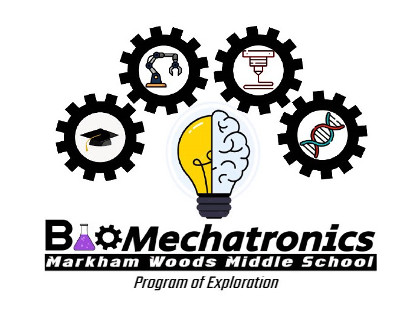
Teacher leader Donald Fields took the idea and ran with it. He and a team of our educators began by creating a unique year-long course where students who have a passion for the field would be presented a challenge and guided through problem solving and design-theory strategies to create a solution they would present to multiple stakeholders at the end of the year.
Field worked to create courses aligned with career and technical education standards that include computational thinking, global solutions, and area-specific courses that explore CAD and 3-D printing, robotics, human anatomy and physiology, and app design.
To get students excited about this unique program, Mumey and her team visited feeder elementary schools to promote it. She also held a meeting at a church in one of our poorest communities to help assure that all stakeholders were aware of the opportunities available through the program.
The Covid-19 pandemic
By the start of the 2019-20 school year, the initial courses were developed, and the program launched. Then on March 16, 2020, all Florida public schools were closed as the world was changed drastically by Covid-19. We now faced one of our greatest challenges – how do you continue a program that relies on hands-on and interactive projects?
While students were getting their standards-based instruction virtually, they were not able to get the hands-on experience our teacher team worked hard to create. We held fast, and once some of the restrictions of Covid were lifted, a small group of students who were in the program decided to use the minimal knowledge they had acquired thus far to help others.
Using the 3-D printers of the program, students printed hundreds of 3-D printed surgical mask “strap adapters” and donated them to Advent Health hospital workers. Even in the infancy stages of the program, the students had learned how to take a real-world problem and use the skills they had learned in just a brief time to create solutions.
Our post-quarantine expansion
Once students had returned to a face-to-face school environment, the program needed a refresh. With a new administration in place for the 2021-22 school year due to a shift in leadership, the task was to recreate the excitement generated in the beginning at a school that was continuing to suffer from a declining enrollment.
Assistant Principal Dr. Eric Basilo worked with the four-teacher team of Joseph Puccio, Tom Stafford, Lisa West, and Anita Neal-Okoro and updated the structure of our biomechatronics program to include additional opportunities for both students and the program itself.
While the program has had its challenges, it has grown to maintain its relevance with the times. Thanks to funding earned through Florida’s Career and Professional Education Act (CAPE), the program has expanded to include the use of multiple varieties of 3-D printers and the Game of Life – a course where students learn how to live on their own and about the different career opportunities available to them beyond graduation.
Also, the team decided to establish a year-long 8th grade course – Biomechatronics Capstone – where students who have taken most of the courses in the program have the opportunity to work in an incubator setting and solve a scenario problem provided by Florida Prosperity Partnership (a corporate sponsor).
Students work collaboratively to use both problem solving and design thinking strategies to develop a 3-D printed biomechatronic prototype that may range from an artificial spine to some form of prosthesis.
Along the way, students hear from experts in the field based on the method they choose to pursue the problem. They also learn grant writing and public speaking strategies to present their findings at the end of the year to a panel for their final grade.
Our focus on student ownership
One of the key reasons for the growing popularity of the biomechatronics courses and our capstone experience is that students are asked about ways to improve the program while they experience it. This form of feedback leads to the exploration of issues and opportunities within the courses that instructors may not have considered.
Teachers take the students’ ideas and work tirelessly within weekly professional learning communities (PLC’s) to refine our program and continue to provide enhanced experiences found nowhere else in the district. Most recently, our student-teacher feedback loop has led to the inclusion of an Introduction to Artificial Intelligence (AI) component.
Both students and teachers are excited as the biomechatronics program’s direction is refined each year. Our core belief is this: If students are true stakeholders in their education, they are more apt to remain engaged and carry their knowledge and interest forward into high school and beyond.
For further information or questions, contact Dr. Eric Basilo at eric_basilo@scps.k12.fl.us.
Dr. Eric Basilo has been in education for over 28 years as a high school mathematics teacher and middle school administrator. He is currently an assistant principal at Markham Woods Middle School in Seminole County, Florida, an adjunct Math professor at Seminole State College, and a past president of the Florida Association of School Administrators (FASA).
Eric was recognized for his work with advanced course opportunities for African American, Hispanic, and free and reduced lunch students when he was selected as the 2018 National Association of Secondary School Principals Assistant Principal of the year for Florida. He earned all three of his degrees from the University of Central Florida (UCF).

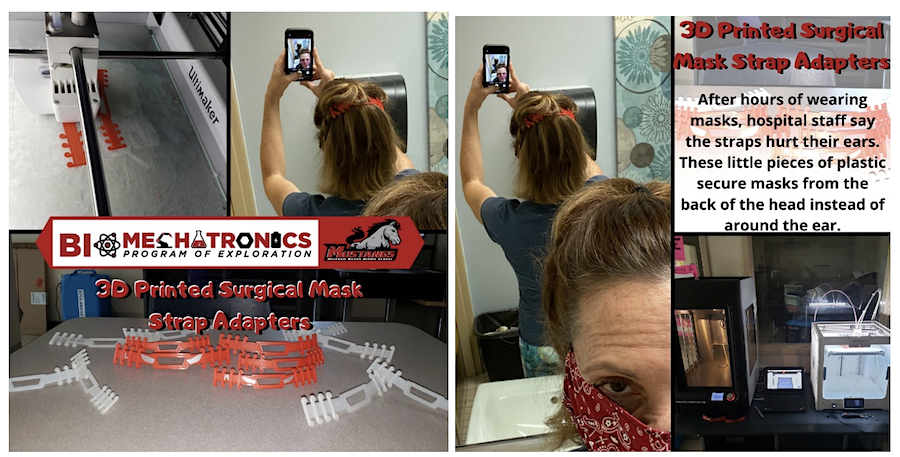
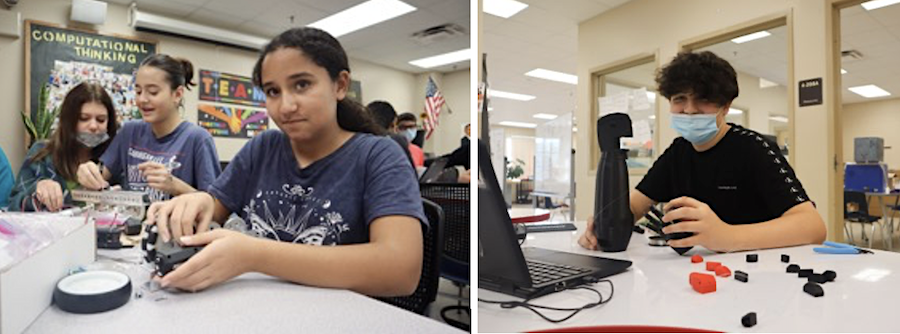
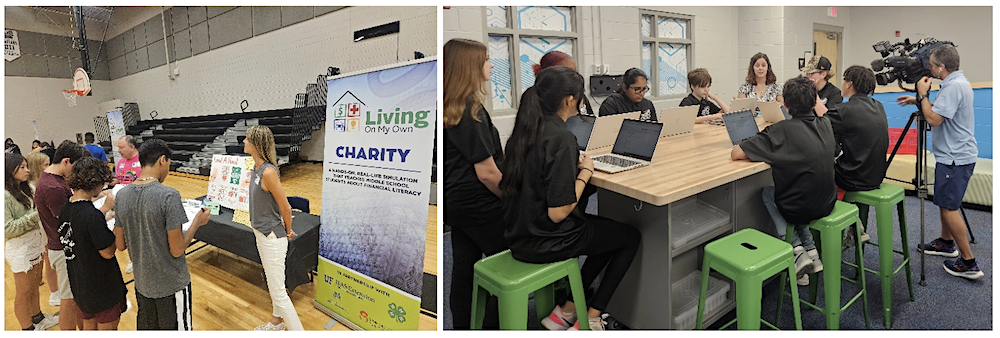




































Interesting and creative program focusing on some critical STEM components. I’d love a follow-up on this program.